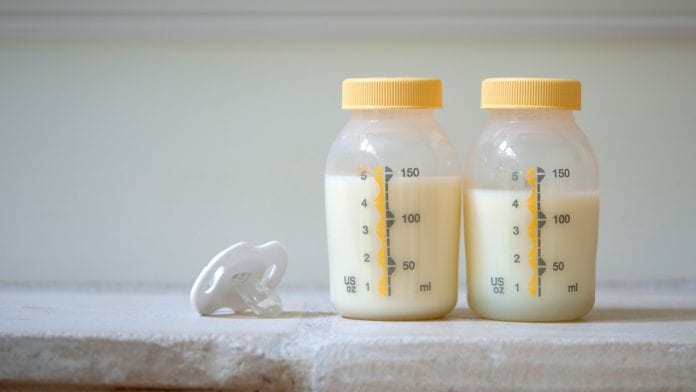
Researchers have found that the sugars and microbiome in mother’s milk influence neonatal rotavirus infection.
An international team of researchers from several institutions, used a multidisciplinary approach, to reveal the complex interactions between sugars and the microbiome in human milk that influence neonatal rotavirus infection. Reported in Nature Communications, this study provides new understanding of rotavirus infections in newborns and identifies components in mother’s milk that could improve the performance of live, attenuated rotavirus vaccines.
What do you know about the rotavirus infection?
Dr. Sasirekha Ramani, assistant professor of molecular virology and microbiology at Baylor College of Medicine, USA, explains: “Rotavirus infection causes diarrhoea and vomiting primarily in children younger than 5, with the exception of babies younger than 28 days of age, who usually have no symptoms. However, in some places, infections in newborns are associated with severe gastrointestinal problems. What factors mediate differences between newborns with and without symptoms are not clearly understood.”
“We began our investigation years ago by determining that a particular strain of rotavirus was associated with both asymptomatic infections and clinical symptoms in newborns.”
In the lab, the researchers investigated whether components of the mother’s breast milk could inhibit infection of MA104 cells, a well-established model for rotavirus studies, with the particular strain of rotavirus they had identified in the neonatal nurseries in India. Unexpectedly, they discovered that specific sugars present in mother’s milk enhanced infection of cells in culture with the neonatal rotavirus strain.
Mother’s milk and rotavirus
“We were surprised by these results,” says Ramani, “breast milk is known to enhance newborn protection against rotavirus infection and sugars in breast milk can reduce infectivity of other rotaviruses, but here we found the opposite for this particular strain of the virus.”
The researchers then went back to the field to determine whether they could validate the results they had found in the lab in a cohort of mother-infant pairs.
“We found that some of the same specific sugars in breast milk that increase infectivity of cells in culture are present in the milk of mothers of newborns with symptomatic infection.”
In addition, the association between the microbiome in the mothers’ milk and gastrointestinal symptoms in newborns was identified, which brought about the question – How does the microbiome contribute to the differences in gastrointestinal symptoms?
Ramani continues: “What is most interesting to us is that these sugars also increase the replication of the rotavirus attenuated, live vaccine that is similar to the neonatal virus that we are studying.”
“Enhanced viral replication can potentially translate into a more effective immune response against the virus, which would lead to better protection for the infant. This is something we want to explore in the future because it could illuminate strategies to improve the effectiveness of rotavirus vaccines in parts of the world where they do not do well.”
We need to understand breast milk
Dr. Lars Bode, associate professor of paediatrics and director and chair of Collaborative Human Milk Research at the Larsson-Rosenquist Foundation Mother-Milk-Infant Center of Research Excellence at the University of California, USA, adds: “These discoveries are a prime example of the urgent need to improve our understanding of the composition and variation in breast milk components.”
“Understanding how rotavirus and other pathogens can take advantage of breast milk components will guide the development of new vaccination strategies to stay ahead in the host-pathogen arms race.”






















